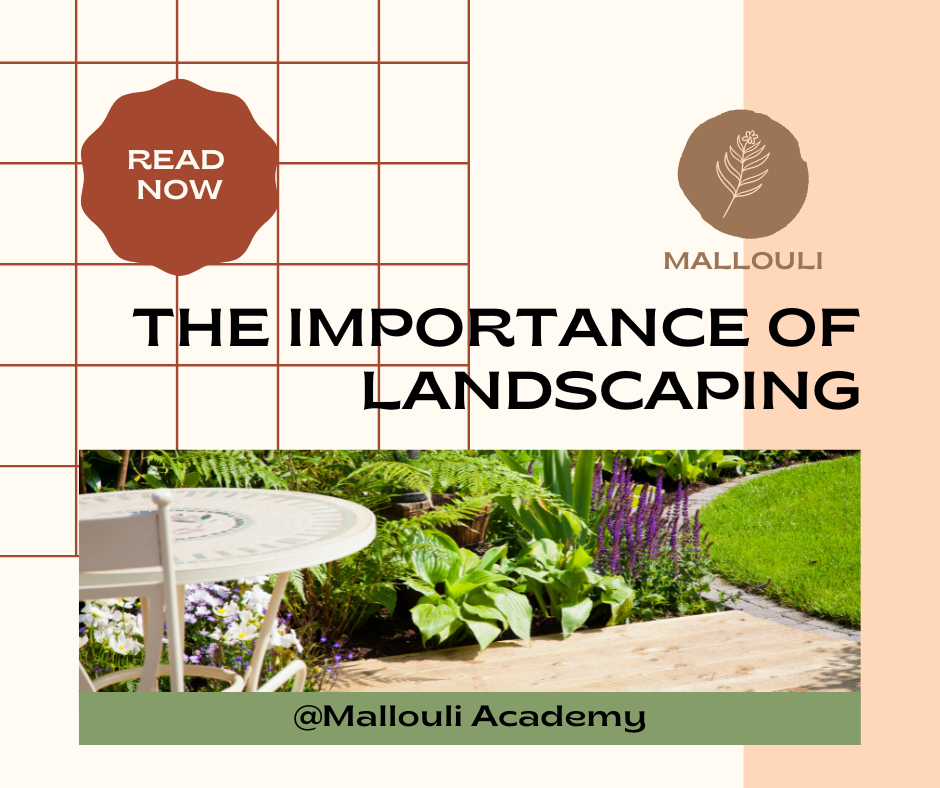The 30-Second Trick For Landscape Design
The 30-Second Trick For Landscape Design
Blog Article
What Does Landscape Design Do?
Table of ContentsRumored Buzz on Landscape DesignSome Ideas on Landscape Design You Should KnowThe Definitive Guide to Landscape DesignThe Ultimate Guide To Landscape Design
When creating a property landscape, one of the most vital action is to place a plan on paper. Developing a plan of attack will save you time and money and is a lot more most likely to lead to a successful style. A plan of attack is established with the 'layout process': a step-by-step approach that considers the ecological conditions, your wishes, and the elements and principles of design.The five actions of the style procedure include: 1) conducting a site inventory and analysis, 2) determining your demands, 3) developing functional diagrams, 4) creating conceptual layout plans, and 5) drawing a last design plan. The initial three steps develop the aesthetic, practical, and horticultural demands for the style. The last two actions after that apply those demands to the development of the last landscape plan.
This is an essential action for both plant selection and positioning and situating household activities and features. It is essential since the exact same climate problems that impact the plantstemperature, humidity, rainfall, wind, and sunlightalso affect you, the customer. The following action is to make a listing of your demands and desiresthis assists you determine just how your yard and landscape will certainly be used.
The practical diagram is after that used to find the task areas on the website and from this representation a theoretical plan is developed. The last step is a last style that includes all the hardscape and growing details that are needed for installation. Throughout the design procedure there are ten essential points to think about: for plant choice and activity place by considering what you want and need to assist figure out forms and organize rooms by assigning activity locations and relating to aspects for both the setting and the individual by using massing and layering methods such as change areas and prime focus in the products, the shades, and the surface area textures for the development and upkeep of plants by utilizing sustainable layout techniques A comprehensive supply and evaluation of the website is necessary to figure out the ecological conditions for plant development and the very best use the site.
Not known Factual Statements About Landscape Design
It is constantly best to make use of plants that will certainly thrive in the existing soil. Where plants expand well, keep in mind the soil problems and utilize plants with similar expanding demands.

Sun/shade patterns, the amount and size of direct exposure to sun or color (Number 1), create microclimates (in some cases my company called microhabitats) - Landscape Design. Recording site conditions and existing plants on a base map will disclose the location of microclimates in the backyard. Plants generally come under 1 or 2 of 4 microclimate categories-full sun, partial shade, color, and deep shade
The Ultimate Guide To Landscape Design
Number 1. Sunlight and color patterns. Credit History: Gail Hansen, UF/IFAS It is important to note all the existing problems on an exact base map when doing the site inventory (Figure 2). Energies such as high-voltage line, septic systems, underground utilities and roof covering overhangs figure out plant place. Make use of a surveyor's plat of your building for the limits and place of your home.


Spending plan concerns consist of the materials, preliminary setup prices and the on-going maintenance Continue costs. Identify the time and money you want to take into preserving the plants and hardscape-be sensible regarding your purposes and capability. Figure 3. Current usage areas. Credit Scores: Gail Hansen, UF/IFAS Figure 4. Proposed usage locations. Credit Scores: Gail Hansen, UF/IFAS There are lots of different landscape style motifs- from easy to complicated, yet it is handy to select one to direct your plant and material option.
Many individuals find it helpful to look in gardening magazines and books for concepts. This is a great start, yet be conscious that the yards in the photos were selected due to the fact that they are superior examples. Consider the pictures with a vital eye to collect ideas that you can adapt to your enthusiasm level, your budget plan and your website.
Choose if you wish to open your backyard, shut your yard, or a little of both, to these sights (Landscape Design). In various other words, do you desire the garden to confine the space around you and associate mainly to your home, or do you desire the yard to open sights and look outward, connecting to the surroundings? This will certainly offer you a starting factor to consider a style
Landscape Design Fundamentals Explained
Every yard needs to have a form theme, but not all gardens have a design motif. Numerous residential yards have no certain style except to blend with the residence by repeating information from the architecture such as products, color, and type.
In a form motif the organization and form of the rooms in the backyard is based either sites on the shape of your home, the shape of the areas between your home and the residential or commercial property limits, or a preferred shape of the home owner. The kind theme identifies the form and organization (the design) of the rooms and the web links between them.

Report this page